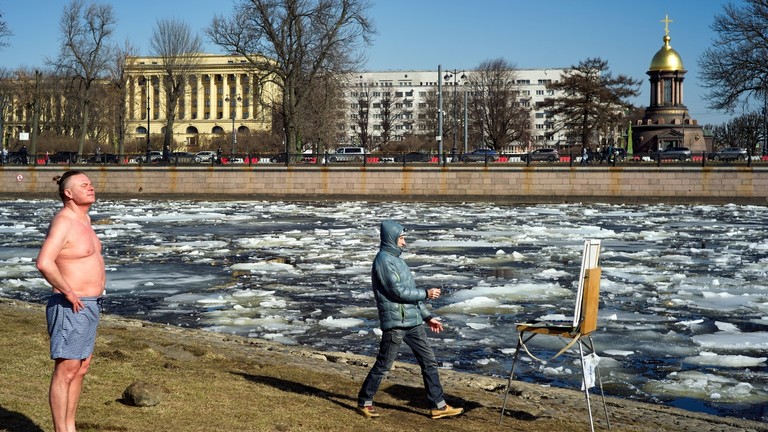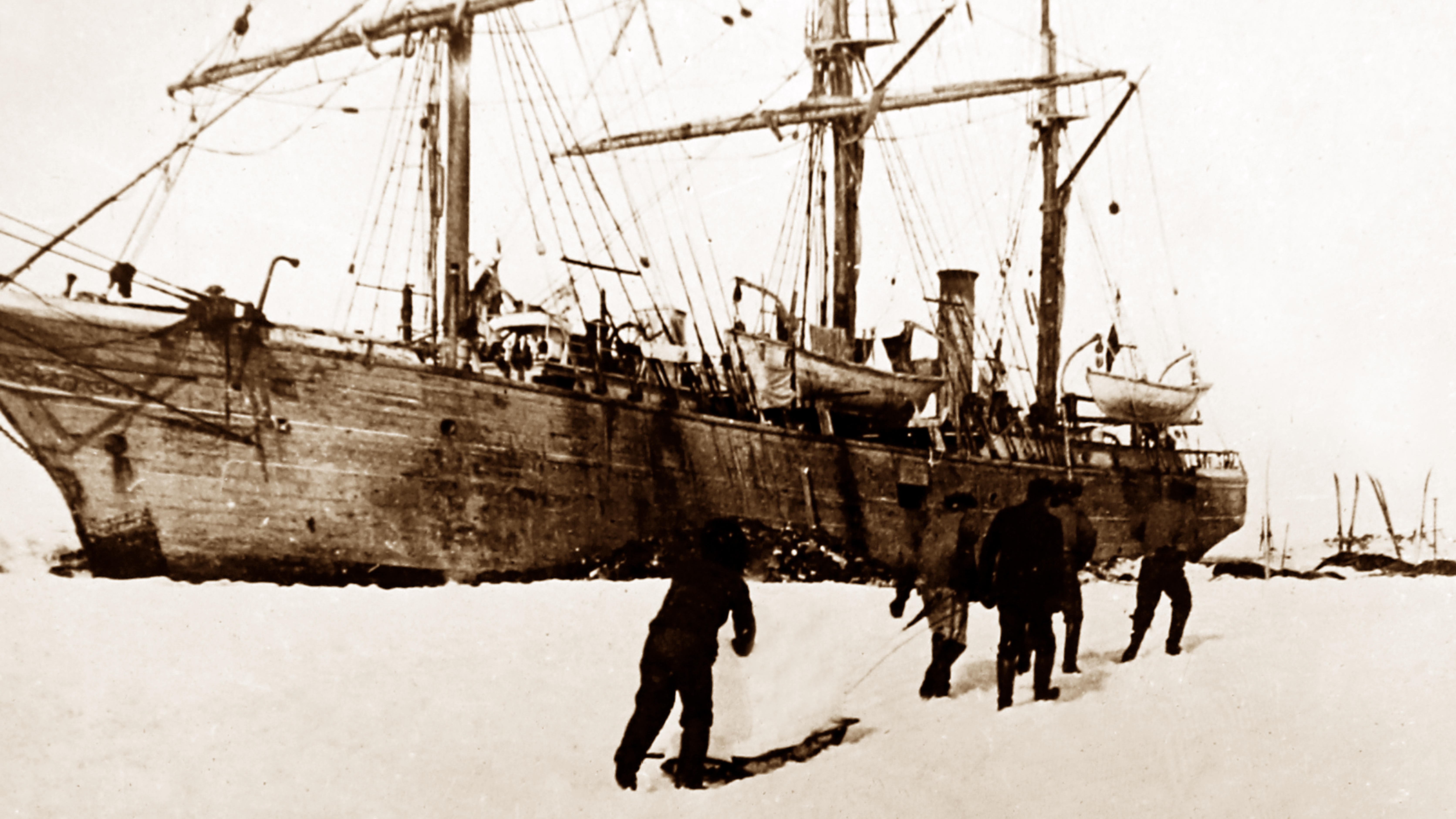Re: Chat
Posted: Wed Apr 10, 2024 2:07 am
Transcribing yesterday's weather for tomorrow
https://www.oldweatherforum.org/
Mount Etna, Europe’s largest active volcano, puffed out a string of near-perfect rings over the weekend — prompting comparisons to smoke rings, or a fleet of giant flying saucers floating gently into the blue sky.
The “volcanic vortex rings” from Mount Etna in Sicily were made through the rapid
release of gas and vapors from a newly formed crater. (Giuseppe Di Stefano/AP)
...
The ring-like shapes took their form from pulses of gas squeezing up a narrow,
circular vent opening into the new crater. (Giuseppe Di Stefano/AP)

On the night of 14 April, Carpathia's wireless operator, Harold Cottam, had missed previous messages from the Titanic, as he was on the bridge at the time. After his shift ended at midnight, he continued listening to the transmitter before bed, and received messages from Cape Cod, Massachusetts, stating they had private traffic for Titanic. He thought he would be helpful and at 12:11 a.m. on 15 April sent a message to Titanic stating that Cape Cod had traffic for them. In reply he received Titanic's distress signal, stating that they had struck ice and were in need of immediate assistance.
Cottam took the message and coordinates to the bridge, where the officers on watch were sceptical about the seriousness of the distress call. Agitated, Cottam rushed down the ladder to the captain's cabin and awakened Captain Arthur Henry Rostron, who immediately sprang into action and "gave the order to turn the ship around", and then "asked the operator if he was absolutely sure it was a distress signal from the Titanic". The operator said that he had "received a distress signal from the Titanic, requiring immediate assistance", gave Titanic's position, and said that "he was absolutely certain of the message". Whilst dressing, Rostron set a course for Titanic, and sent for the chief engineer and told "him to call another watch of stokers and make all possible speed to the Titanic, as she was in trouble." Rostron later testified that the distance to Titanic was 58 nmi (67 mi; 107 km) and took Carpathia three and a half hours. At the same time, Rostron had Carpathia's crew prepare hot drinks and soup for the survivors, prepare the public rooms as dormitories, have doctors ready to treat any injured survivors, and to have oil ready to pour down the lavatories to calm the water on the sides of the ship should the sea become rough. Rated for 15.5 knots, and not having exceeded 14 since her shakedown cruise a decade earlier, Carpathia by some accounts reached as much as 17.5 knots (32.4 km/h) during her dash to rescue the survivors.
Rostron ordered the ship's heating and hot water cut off in order to make as much steam as possible available for the engines, and had extra lookouts on watch to spot ice. Cottam, meanwhile, messaged the Titanic that Carpathia was "coming as quickly as possible and expect to be there within four hours." Cottam refrained from sending more signals after this, trying to keep the air clear for Titanic's distress signals. Carpathia reached the edge of the ice field by 2:45 a.m., and for the next two hours dodged icebergs as small growlers of ice ground along the hull plates. The Carpathia arrived at the distress position at 4:00 a.m., approximately an hour and a half after the Titanic went down, claiming more than 1,500 lives. For the next four and a half hours, the ship took on the 705 survivors of the disaster from Titanic's 20 lifeboats. Survivors were given blankets and coffee, and then escorted by stewards to the dining rooms. Others went on deck to survey the ocean for any sign of their loved ones. Throughout the rescue, Carpathia's own passengers assisted in any way that they could. By 9:00, the last survivor had been picked up, and Rostron gave the order to get under way.



